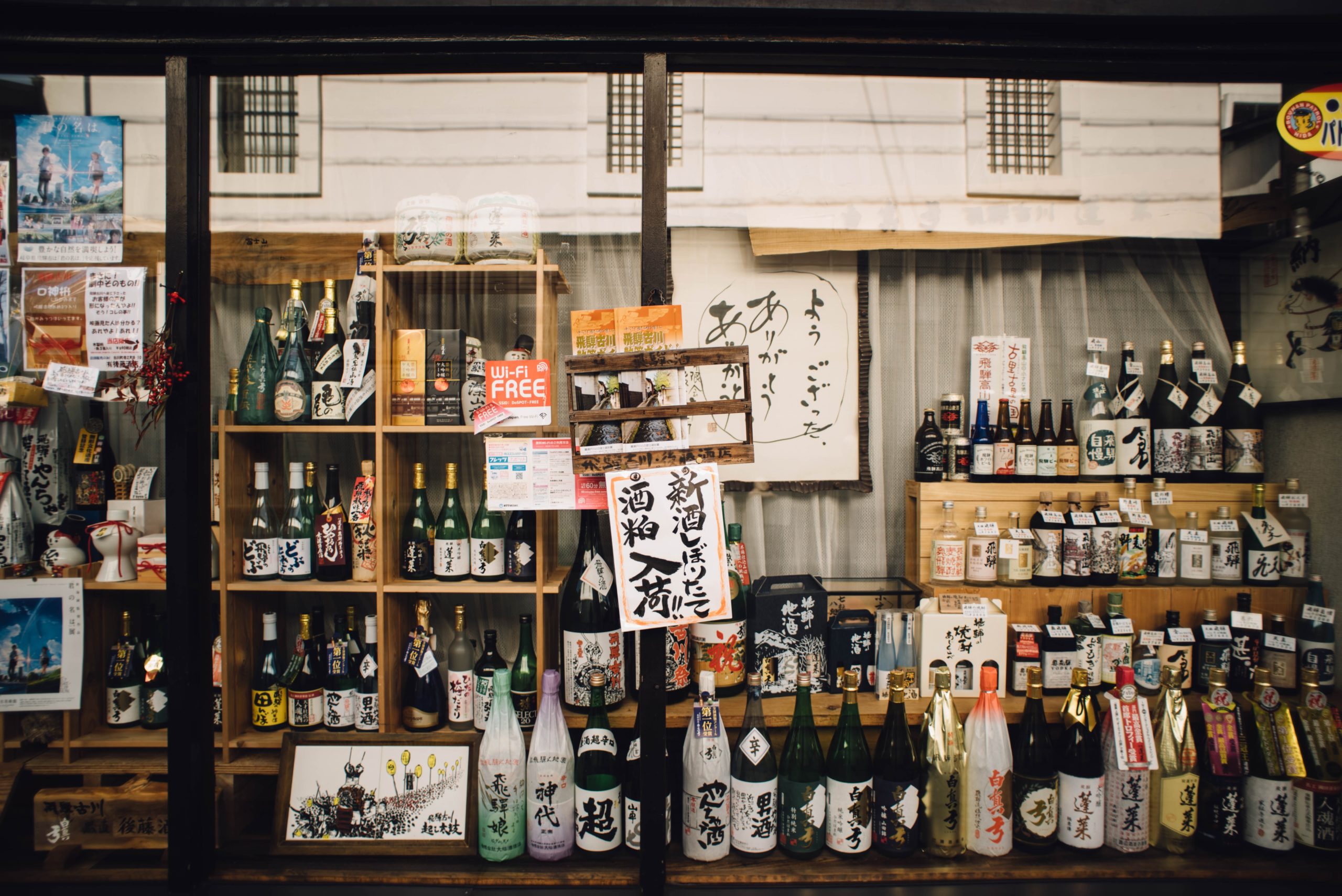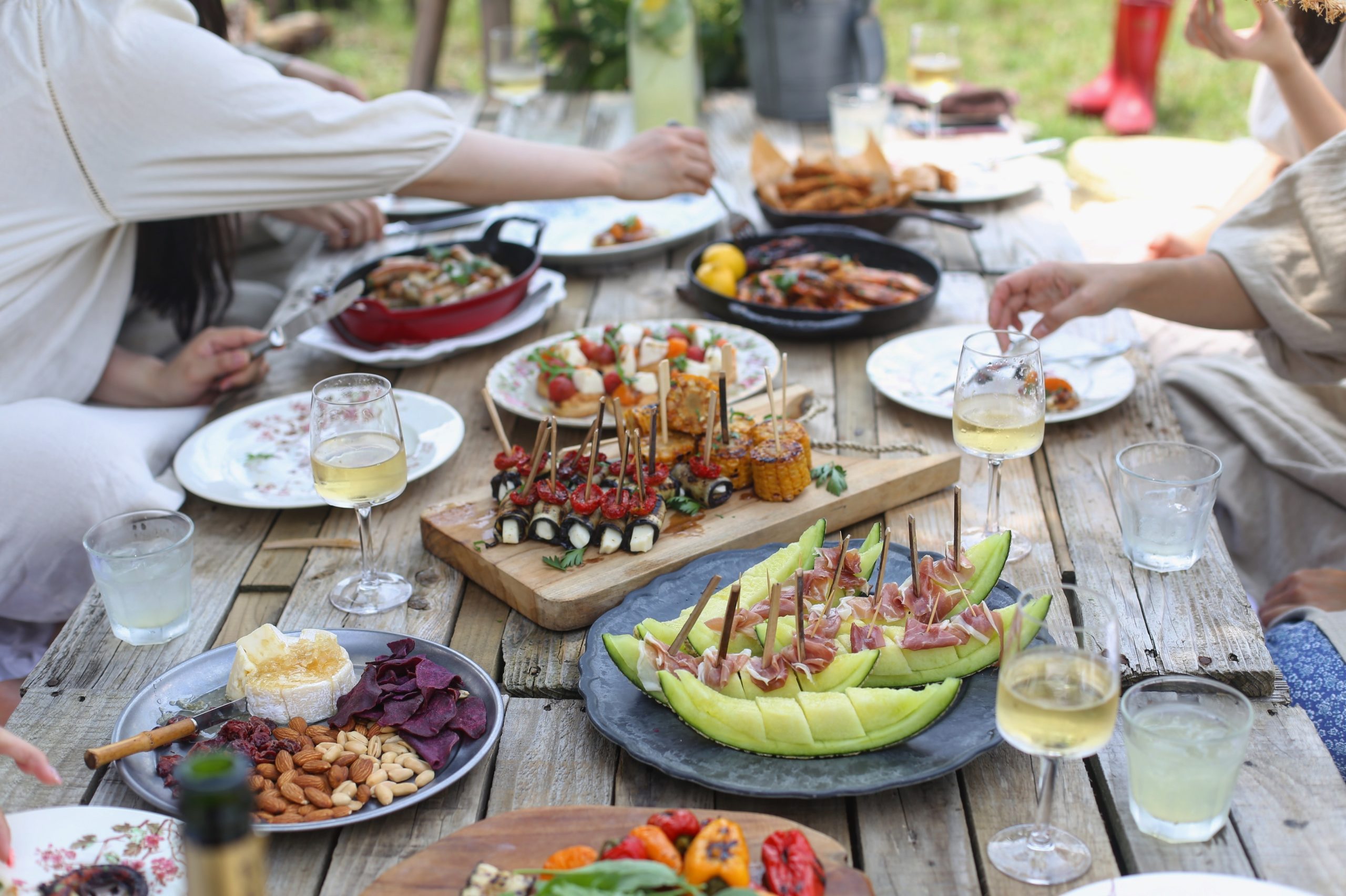Food and Wine Pairing Across Regions. Relax. It’s Fun.
How much thought do you put into what you eat for dinner? Do you get pre-cooked food from Stop & Shop or improvise with what you have in the fridge? When you get invited to a potluck party, do you grab some food platters from Costco, or you spend hours making a showstopping Key Lime Pie and blowtorch the homemade Italian Meringue on top? Food and wine is an expression of one's identity. When you bring a dish to a party or host a party, you are expressing who you are through the food you serve. It sounds pretty serious, doesn't it?

Before I dive into this subject, the first suggestion I have for you is "take it easy." After all, you're just attending a potluck or hosting a dinner party—not conducting research to cure cancer. And if you're reading this blog post, you give more thought to food than a lot of other people. So relax. Here we go!
When you walk into the cooking section of a bookstore, you will notice a huge percentage of cookbooks are categorized by food from different geographical regions, such as Mastering the Art of French Cookingby Julia Child, The New England Kitchenby Jeremy Sewall, and Japanese Farm Food by Nancy Singleton Hachisu. If you're taking classes at the Cambridge School of Culinary Arts, you will notice many regional cooking classes like Cooking Couples Spanish Caribbean, Southern Indian Cooking, and A Mediterranean Journey Date Night.

Pairing food and wine from the same region is usually a safe bet. Certain dishes and wines are created because of its terroir. Terroir is defined as the combination of factors including soil, climate, and sunlight that gives food and wine their distinctive character (Merriam-Webster's Dictionary). The terroir in Japan is suitable to grow rice, so many Japanese dishes are made of rice—like sushi. The buns of the most popular hamburger, the MOS Burger, is made of rice. Sake is made of fermented rice. Miso Soup, Teriyaki Chicken with Rice, Matcha Ice Cream, and Sake all taste great together.
"Hey! Playing it safe is cool, but I am an adventurous eater!" Okay! I hear you! And I have good news for you. If you understand the principle of pairing food and wine, you can go wild with cross-regional pairings. Have you been to some of Cambridge's hip restaurants such as Pagu or Little Donkey? The menu of Pagu completely breaks the rules of the region. Ramen, Chinese Buns, Paella, Spanish Cheese, and a Charcuterie Board are listed right next to each other. It's like a multi-cultural family. Does this kind of menu make sense? Absolutely! Here are three principles for food and wine pairing across regions.
If you have a rich dish, you want to balance that with a dish that's lighter and contains some acid. For example, if I am planning a soup and salad for lunch, I will pair Clam Chowder with a refreshing Chinese Smashed Cucumber Salad, instead of Wedges Salad, which uses a heavy cream salad dresses (blue cheese). Even though the Chinese Cucumber Salad and Clam Chowder are from different regions, the flavor profile complement each other. You can apply the same principle to wine pairing as well. A Roséfrom Provence pairs well with Bouillabaisse (a traditional Provençal Fish Stew originating from the port city of Marseille). Daiginjo (a sake that is made up of rice, water, koji mold, and yeast) will be an amazing option to pair with this dish too. Both Roséand Daiginjo have high acidity and are fruit-forward.
You can pick one or two produce options that are seasonal, and use those ingredient to cook dishes from different regions. For example, it is zucchini season now. You can make a Zucchini Galette (a French pastry similar to a tart or a pie), a Sicilian Crispy Zucchini Blossom (read my blog post "Zucchini In 3 Ways — Natalia's Sicilian Crispy Zucchini Blossom"), Zucchini Blossom and Lobster Pizza, or grill zucchini to put in your Maki or Tameki (hand-roll). If you're hosting a potluck party, you can ask the guests to bring the dishes that highlight certain seasonal produce. Wouldn't it be fun to get your guests excited about a new season for fruits and vegetables?
Think about the weather and what kind of food will make your guests feel comfortable. If it's wintertime, a hot Tom Ka Gai (Thai Coconut Chicken Soup) or Korean Spicy Soft Tofu and Seafood Stew will make you feel warm and toasty. If it's summertime, a French Chilled Corn Soup or Spanish Gazpacho may be just what you need. You can apply the same principle for beverage pairing. Raspberry Lime Rickey is great for summer since summer is berry season, and lime is refreshing. A White Russian is awesome for winter since the cream is rich and velvety.
I would like to encourage you to venture out your comfort zone and start to pair food and wine across regions. Trust me. You are going to have tons of fun. It is okay if it doesn't work. It's totally fine to fail sometimes. Remember to take it easy. You're hosting a party, not curing cancer.
Join Our Community at Patreon
Perks for Friends of Food Patrons only:
Friends of Food is a digital members-only community designed to empower and connect food folks alike.
- Invitation to private community & food folk directory
- Access to a highly vetted network of Chefs
- One hour Zoom cooking lesson once a month
- Cookbook club + happy hour once a month
- 30 mins cooking consultation
- E-mail us your cooking questions and we will get back to you with our best answer within a week.
- Shoutout
- Polls (Help us choose a topic for an upcoming video + more!)
- Behind-the-scenes / Bloopers
- Exclusive perks from brand partners

Melissa Lee
Chief Entertainment Officer
Melissa is 100% MIT (Made in Taiwan), where she worked as a food writer. She’s also worked alongside renowned chefs like Ming Tsai and Joanne Chang, honing her craft and gathering stories along the way. Part story-teller, part educator, and part food lover, Melissa brings a special blend of experience, skill, and enthusiasm to her work. She blends her Asian background, her new home of New England, and love of food and culture to bring joy, optimism, and inspiration to food lovers and fun-seekers everywhere.
What sparked your passion for the industry?
The desire to make things by hand. The joy of sharing delicious, hearty food with students. The opportunity for people to get connected via cooking and baking. When a child smiled broadly and told me it’s the best scone he has ever made and eaten, it really made my day!
In your opinion, what’s the most important course?
Well, I usually take a peek at the wine list first. I like tapas style, so the course doesn’t really matter. Cheese and charcuterie are always a good place to start. And since I’m a pastry chef, there is always room for dessert!
Bill Gates is picking up your tab, where would you go?
Noma, Copenhagen.

